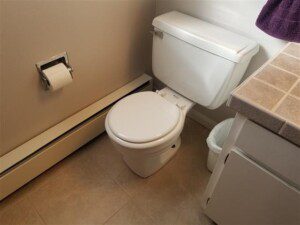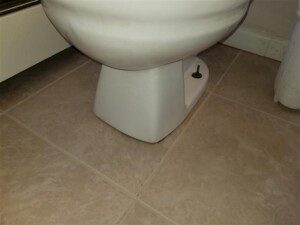
Many older homes still have toilets installed that use a ton of water per flush. Toilets built before 1982 can use up to 5 to 7 gallons per flush. In 1994, the EPA mandated that all toilets should use no more than 1.6 gallons per flush. Although some early models of lower water use toilets did not perform very well, the technology has improved and newer models work as well as we need them to. So if you have one of those old toilets, it’s time to replace it.

If there is no damage to the floor, replacing a toilet is as simple as turning off the water valve, removing the water supply hose, draining the toilet, and removing two nuts that secure the toilet base. It may be hard to remove all the water from the bowl and trap, but there are products that you can put into the toilet which causes the water to become a gel, and that will keep the water from spilling out when removing the toilet, or you can use a sponge or suction device to remove the water.
One of the most important factors when replacing a toilet is the wax seal that needs to be installed properly on the toilet flange. This component is what prevents water from leaking into the floor structure then the toilet flushes. A new wax seal should always be installed when replacing a toilet.
Check out the video below for more information about how to replace a toilet.
